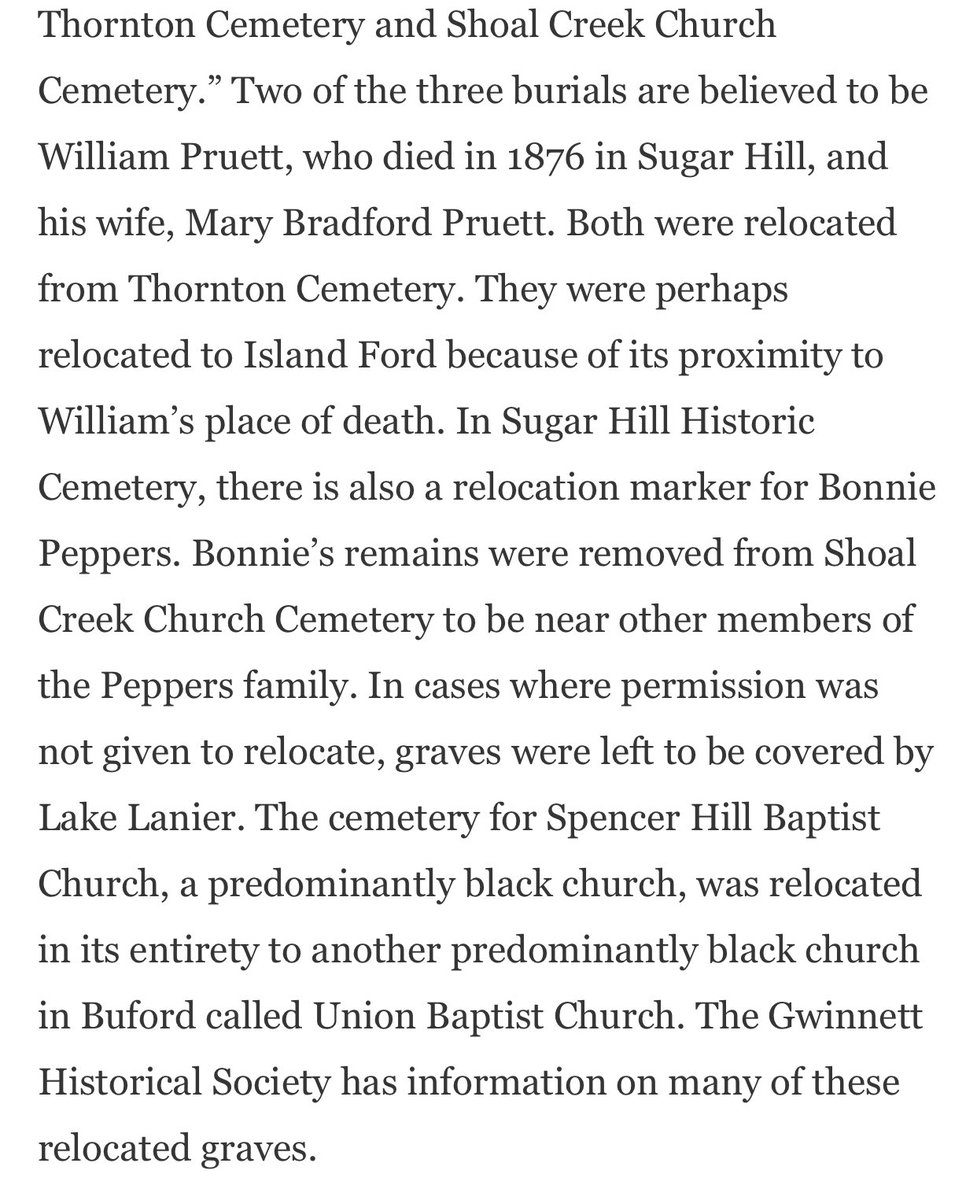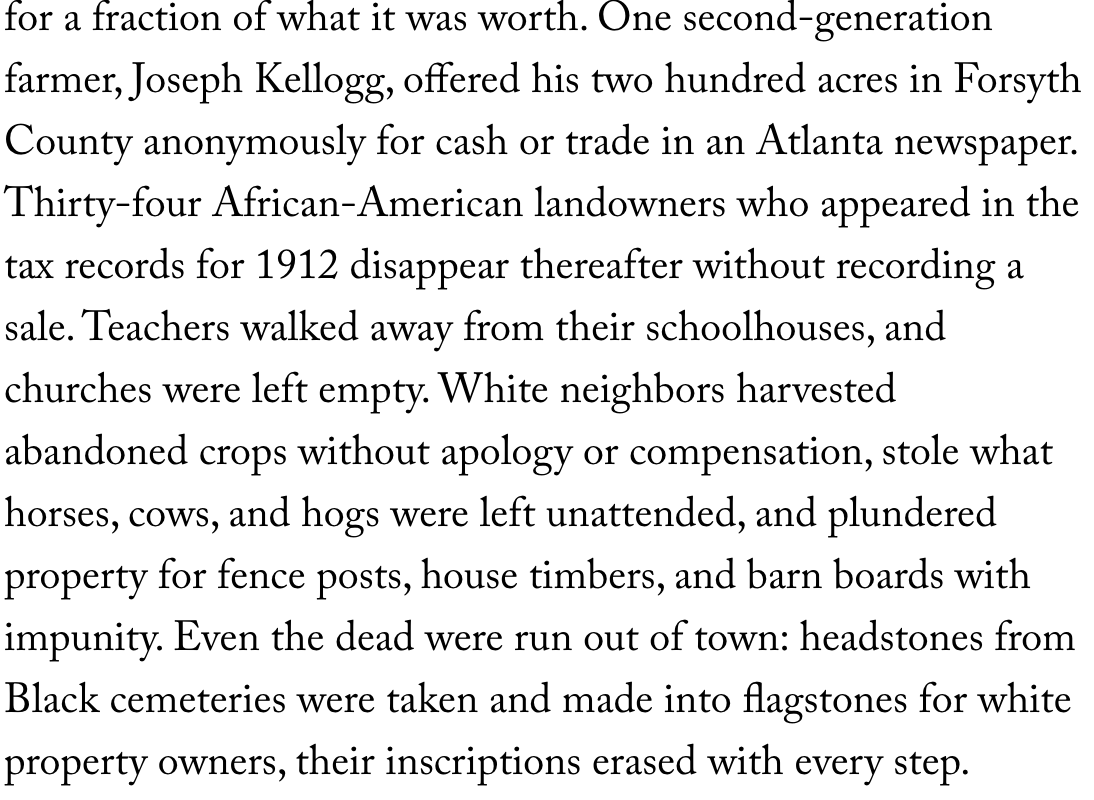#thread:
The erasure of the Black, Brown, and Indigenous people of Forsyth County + Lake Lanier starts long before the destruction of Black-owned Forsyth.
Pictured: Children of the Brown family, expelled from Forsyth in 1912.
(Photo Credit: Charles Grogan)
The erasure of the Black, Brown, and Indigenous people of Forsyth County + Lake Lanier starts long before the destruction of Black-owned Forsyth.
Pictured: Children of the Brown family, expelled from Forsyth in 1912.
(Photo Credit: Charles Grogan)
As I navigate America, The Green Book still in hand, I find our stories through archives, the historical societies willing to speak to a Black woman, A.M.E. churches, bodies of water, and generational knowledge.
And we& #39;ve always known that water = life.
And we& #39;ve always known that water = life.
The Indigenous people that designed intricate structures and artifacts for religious, ceremonial, burial, and residential purposes, now modern-day America, wouldn& #39;t know that their beloved streams would serve as nourishment to a man-made lake atop homes and bodies.
They would not know that they& #39;d be be noted by "conquistadors" as "disappeared about 1500 CE," or that their artifacts would become "spoils of war" and other nations would follow. The Muscogee people know. The Cherokee people know. They& #39;re still watching history repeat itself.
Forsyth County, GA had Black community, nestled next to the Chattahoochee River that& #39;s now swallowed by Lake Lanier. Clusters resembled many of the "Freedmen& #39;s towns" of this nation. Businesses, schools, farms, a race track, and homes. Roots.
Searches for the Black comm. of Forsyth are few. Existence is a footnote. Wikipedia lists many of these spaces as "unincorporated" communities, with a link that leads to an empty page. The history is scarce, historians and authors leaning on descriptions of neighboring towns…
But that& #39;s intentional...
Patrick Phillips says you can find the remnants of Forsyth& #39;s Black history in "ledgers at the state archives or in the basement of a Forsyth courthouse; a cardboard box atop a metal filing cabinet still holds the deeds" for Black-owned land.
Patrick Phillips says you can find the remnants of Forsyth& #39;s Black history in "ledgers at the state archives or in the basement of a Forsyth courthouse; a cardboard box atop a metal filing cabinet still holds the deeds" for Black-owned land.
Or you can find it in the newspapers of 1912, before/during/after the genocide, arson, and destruction of Black-owned land/businesses took place.
9/5/12: A woman accused 2 Black men of entering her home and attempting rape. Based on rumors that Black ppl were going 2 storm town, martial law was declared and members of the National Guard arrived. No attack took place. A man named Tony Howell confessed + was convicted.
9/9/12: It& #39;s said that 18 y.o. Mae Crow was walking home and was attacked, knocked unconscious, and raped. She died. Black teenagers were accused of the crime. One teenager was arrested and subjected to a form of torture called "mock lynching." During this, he confessed.
Mock lynchings happened across the country, quite often, to get Black people to "confess" to crimes. In some cases, the Black person was told their life would be spared if they confessed. Note one in Kenosha, below. Both are clippings from 1912.
Three more Black teens and a neighbor were arrested: Oscar Daniel, Jane Daniel, Rob Edwards, + Ed Collins. Later that day, up to 4,000 people attacked the county jail. They killed/lynched Edwards, but his body was so mutilated that the newspapers kept saying it was Ed Collins.
2 Black teens were tried and convicted, by an all white jury. Gallows were built in the square to kill them. Fence was built around the gallows. The fence was burned down the night before. A crowd of about 5,000-8,000 came to watch. Context: Only 12,000 people were in the county.
A mentor of mine once said, "We think public executions, especially those of Black people during Jim Crow, were isolated and in the woods, but they were the crowd equivalent of today& #39;s music festivals. Picnic basket and all." I hear his words, today.
Here’s Mae Crow’s grand niece talking to PBS:
On the day of Mae Crow’s funeral, an influx of night rides began. More than 1,100+ Black families were driven out of Forsyth County.
In one week, there’d been murders, hangings, the arrival of the National Guard, the declaration of martial law, the imprisonment of many Black suspects, and so much more was on the way.
White men arrived to Black homes w/ shotguns, kerosene to set fires, and dynamite. Businesses that employed Black ppl were put on notice. Homes of the most vulnerable families went first. The Black people that worked in white homes and businesses wld follow, sometimes yrs later.
Homes, churches, businesses, and farms burned. Many Black people who did not want to leave hid in the forest for days. Dynamite was left at Black families’ doors. Eventually they were all murdered or banished.
Here is an example of this, from TN:
Here is an example of this, from TN:
Lake Lanier was built in the 1950s for drinking water and power. It was not built for recreation. Drought of 2007, as the lake rescinded, you could see the top of the stands of the racetrack, the small islands that are truly someone’s land poking up from the water, and more.
if you deep dive, you’ll see rubble, the wire of fences, roads, and remnants of homes that once housed generations. 700+ families were bought out at the time of Lake Lanier’s creation. Many of those lots once belonged to Black families. https://www.youtube.com/watch?v=d0h2YugE4nE">https://www.youtube.com/watch...
Many of the white families that were there or took over Black-owned land were evicted prior to the establishing of Lake Lanier, their buried loved ones were reinterred elsewhere. Some for Black churches. https://www.northgwinnettvoice.com/cemeteries-of-lake-lanier/">https://www.northgwinnettvoice.com/cemeterie...
The Black people driven away from their land were not given the same opportunity, for the most part, for their family cemeteries. The wording is deliberate here. “Permission not given to relocate, graves were left to be covered by Lake Lanier.”
In many of the towns I’ve visited, this “lack of permission” isn’t normally a Black family saying “no don’t move them.” It’s a blatant failure to contact said family or a product of the intentional erasure of the people that once lived there.
I wish I could say Lake Lanier’s story is unique. It isn’t. Many Black communities or land once owned by Black people is sitting under water, under a footnote, under gentrification, or under our feet. We walk on history, every day. We swim in it, too.
Forsyth and neighboring schools districts have had requests that this become a part of student history courses. They’ve been denied.
Or just straight up Black history. That& #39;s been denied, too. https://greensboro.com/news/state/mandatory-african-american-history-course-voted-down-by-winston-salem-forsyth-county-school-board/article_d943bbeb-8c56-5d48-95cb-092605ba3406.html">https://greensboro.com/news/stat...
Here are a few articles/books, where you can learn more:
The New Yorker, 2020.
https://www.newyorker.com/books/second-read/do-you-think-youre-not-involved-the-racial-reckoning-of-blood-at-the-root">https://www.newyorker.com/books/sec...
The New Yorker, 2020.
https://www.newyorker.com/books/second-read/do-you-think-youre-not-involved-the-racial-reckoning-of-blood-at-the-root">https://www.newyorker.com/books/sec...
Descendants of a family driven out of Forsyth. CBS, 2020. https://www.cbs46.com/1912-lynching-black-residents-forced-out-of-forsyth-county/video_994e5291-1fe7-5612-8771-b34c98db890e.html">https://www.cbs46.com/1912-lync...
Campaign of terror.
PBS, 2017. https://www.pbs.org/newshour/show/georgia-countys-campaign-terror-drove-away-black-community">https://www.pbs.org/newshour/...
PBS, 2017. https://www.pbs.org/newshour/show/georgia-countys-campaign-terror-drove-away-black-community">https://www.pbs.org/newshour/...
http://History.com"> http://History.com , 2019.
https://www.history.com/news/georgia-racial-expulsion-stacey-abrams">https://www.history.com/news/geor...
https://www.history.com/news/georgia-racial-expulsion-stacey-abrams">https://www.history.com/news/geor...
Blood at The Root by Patrick Phillips. https://www.amazon.com/Blood-Root-Racial-Cleansing-America/dp/0393293017/ref=tmm_hrd_swatch_0?_encoding=UTF8&qid=&sr=">https://www.amazon.com/Blood-Roo...
And if you were wondering what Forsyth is doing…they& #39;re currently creating a historical marker to recognize the lynching that took place.
Yep. https://www.forsythnews.com/news/politics/county-moves-ahead-historical-marker-1912-lynching/">https://www.forsythnews.com/news/poli...
Yep. https://www.forsythnews.com/news/politics/county-moves-ahead-historical-marker-1912-lynching/">https://www.forsythnews.com/news/poli...

 Read on Twitter
Read on Twitter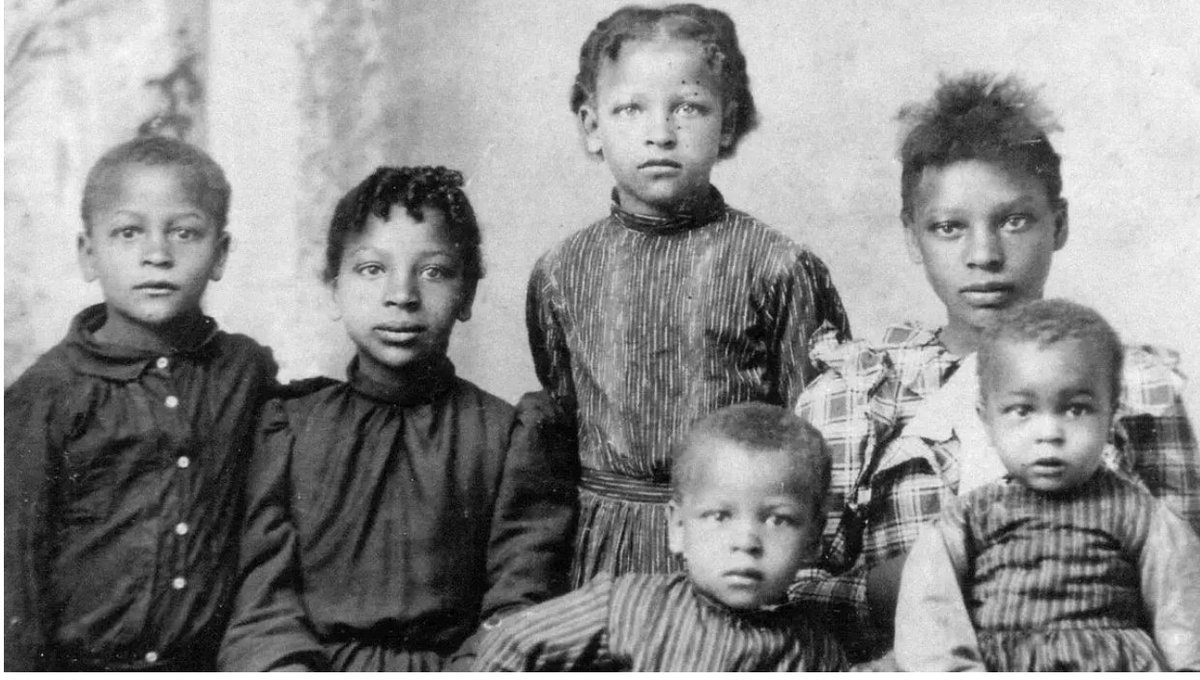

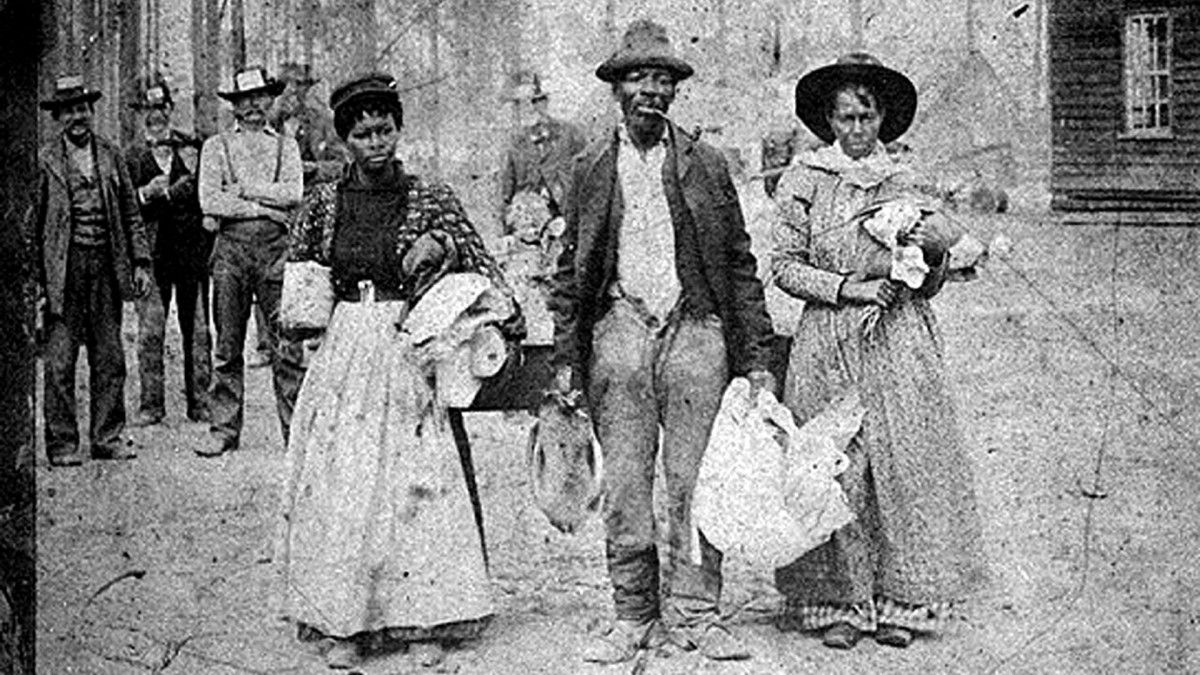
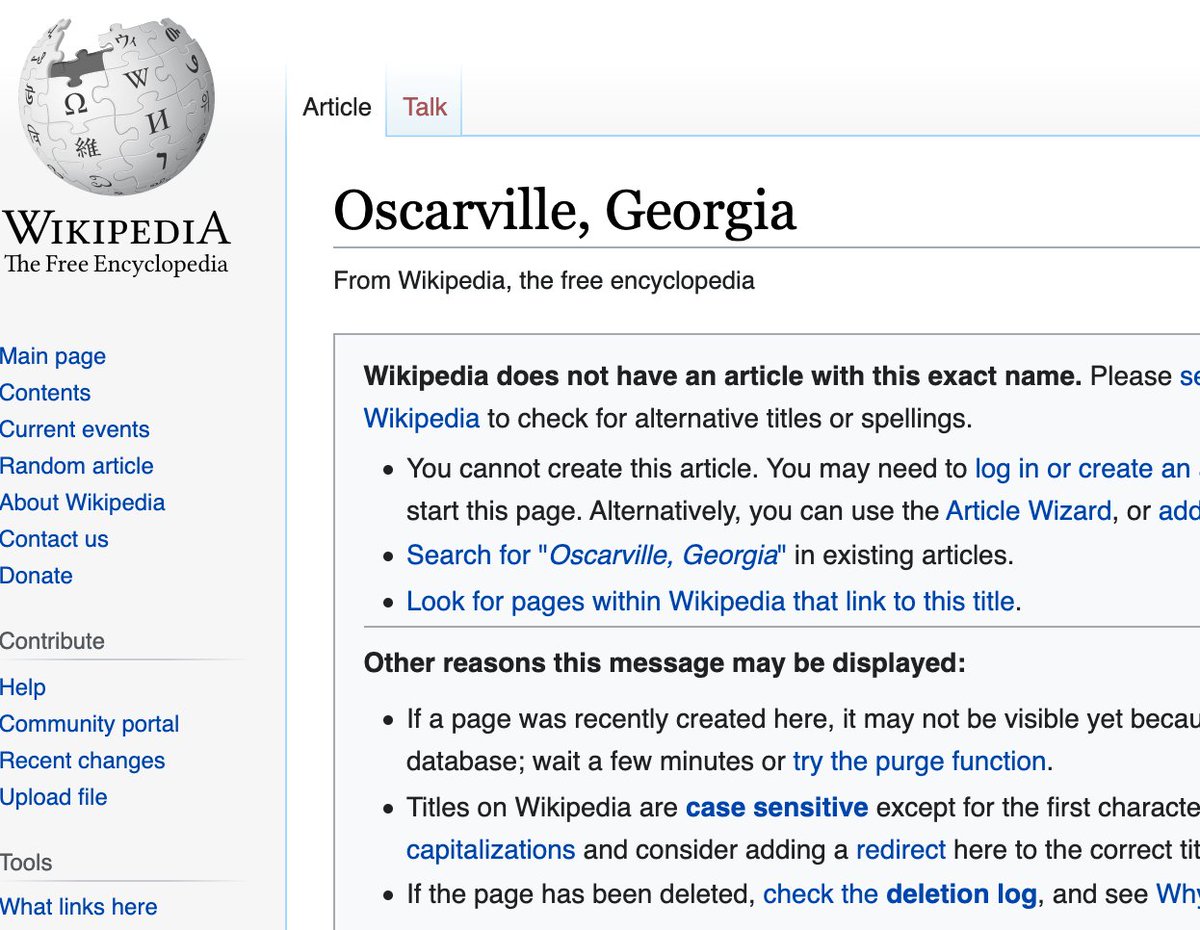
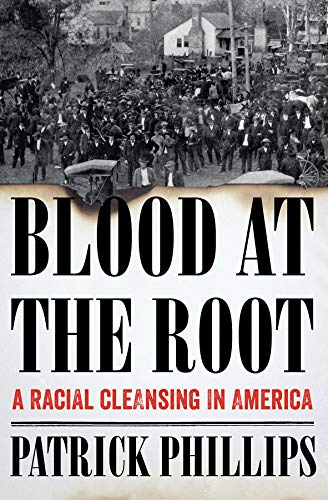


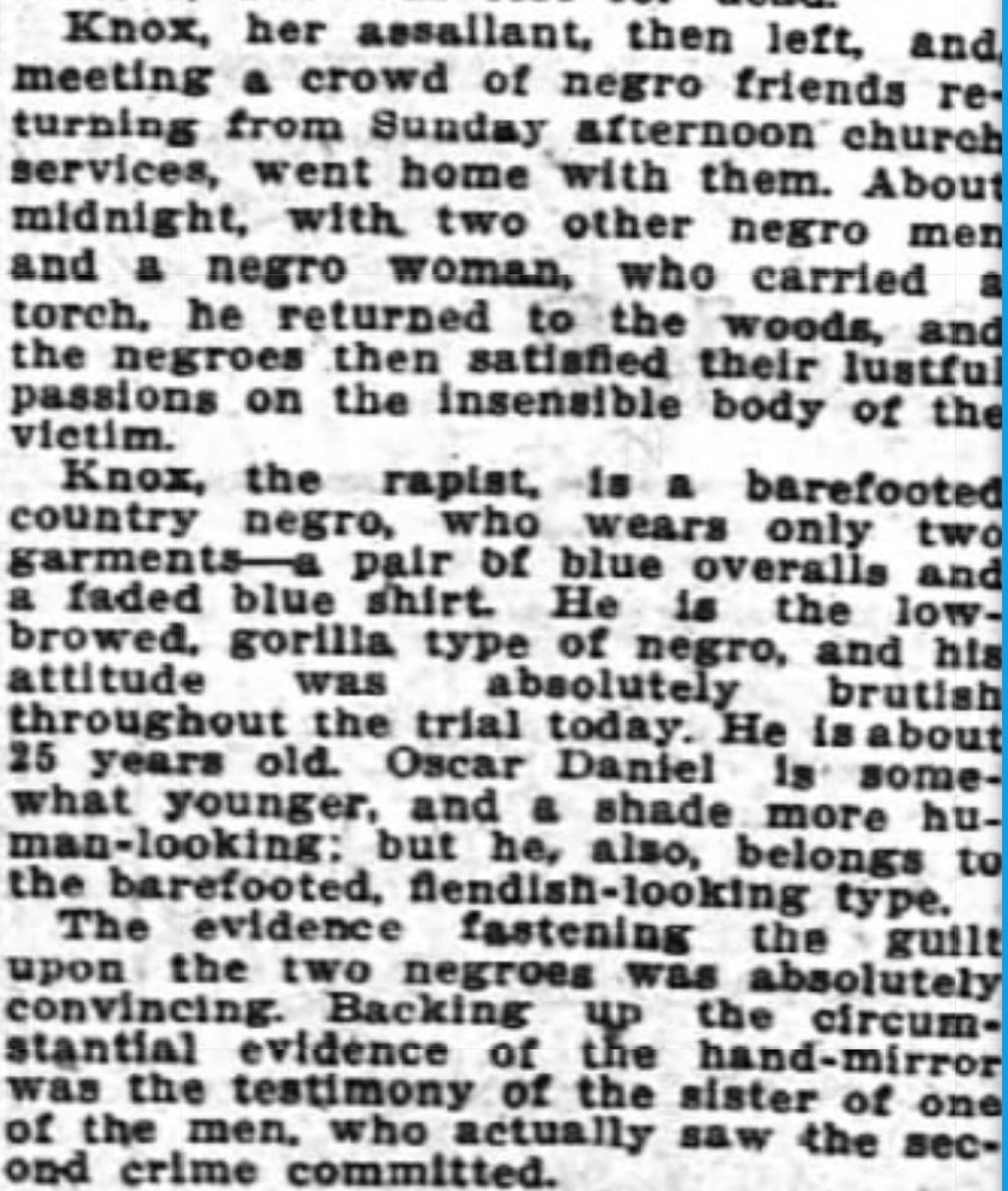
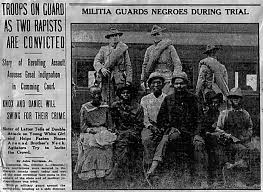
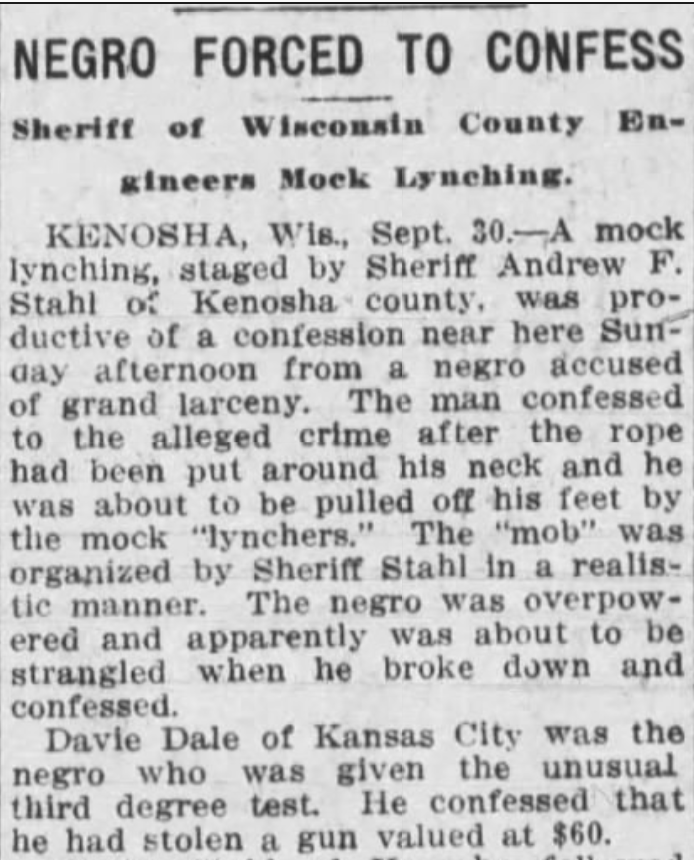

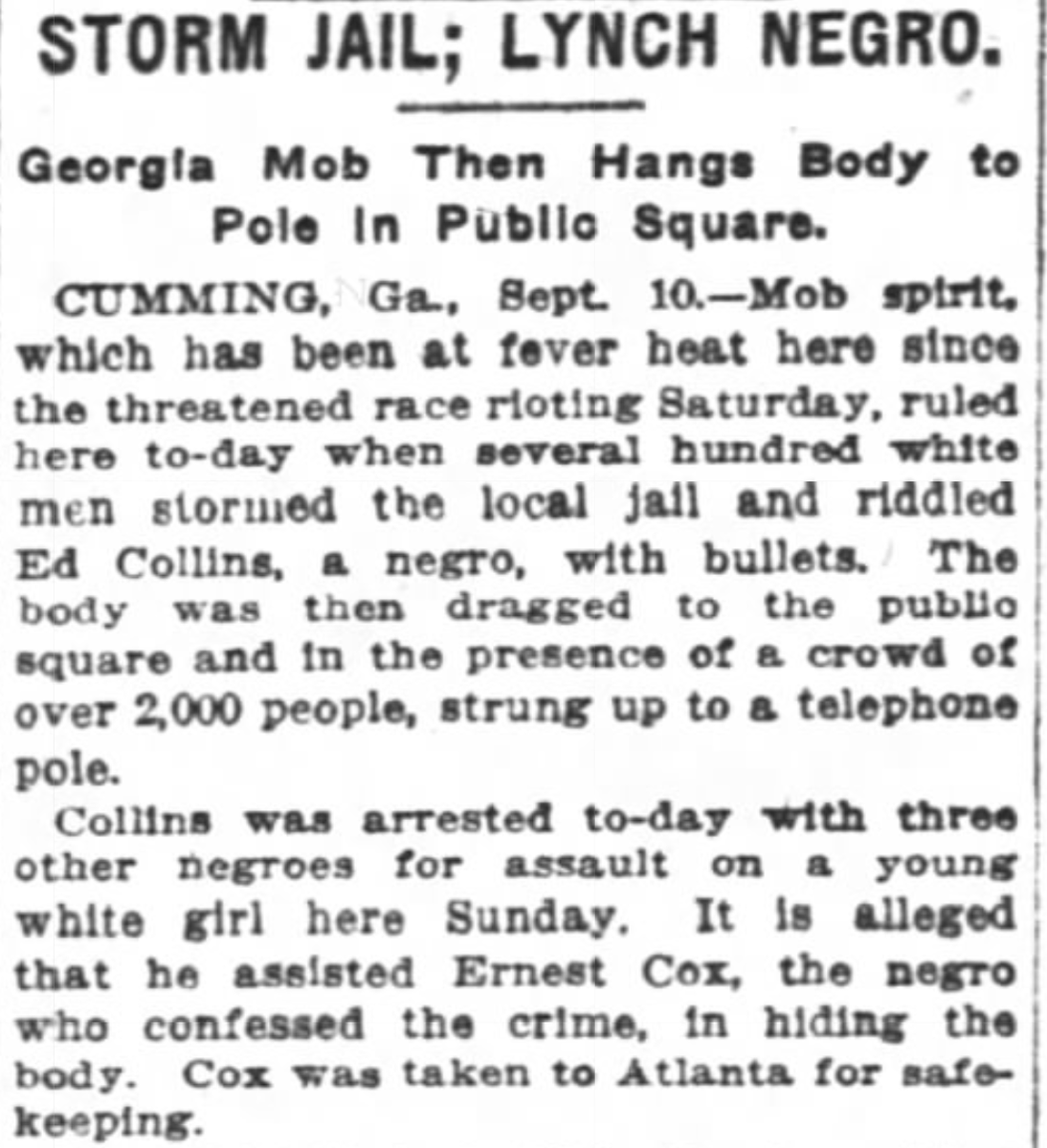
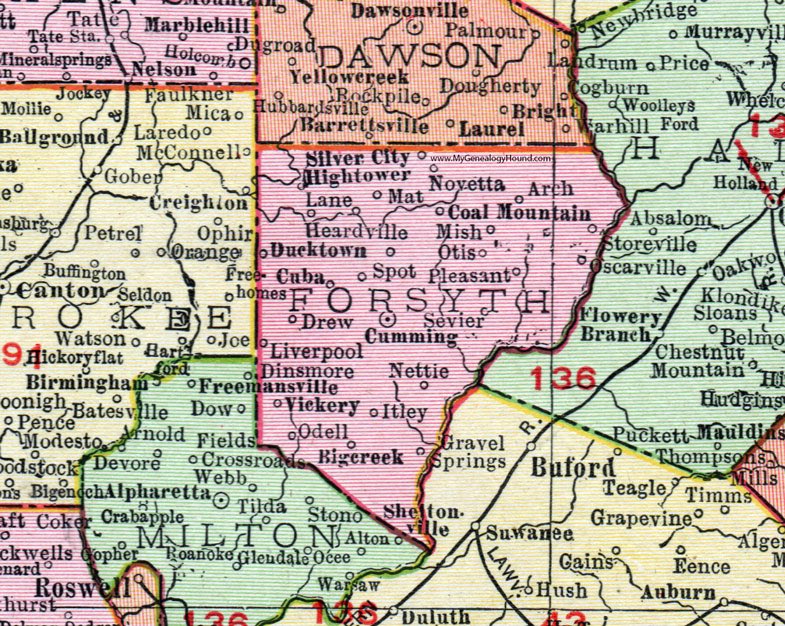

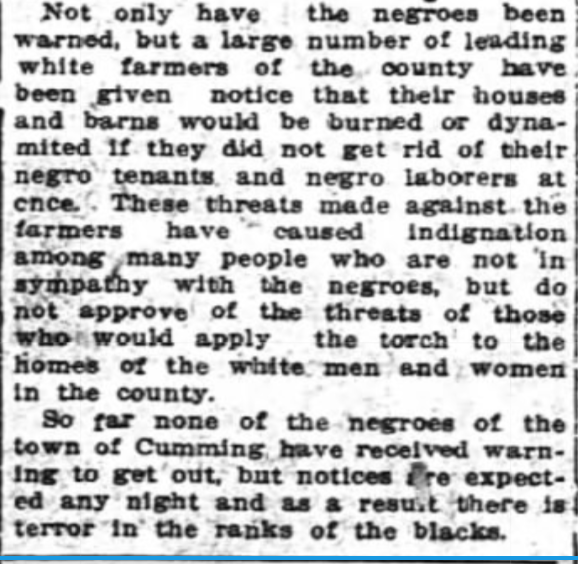
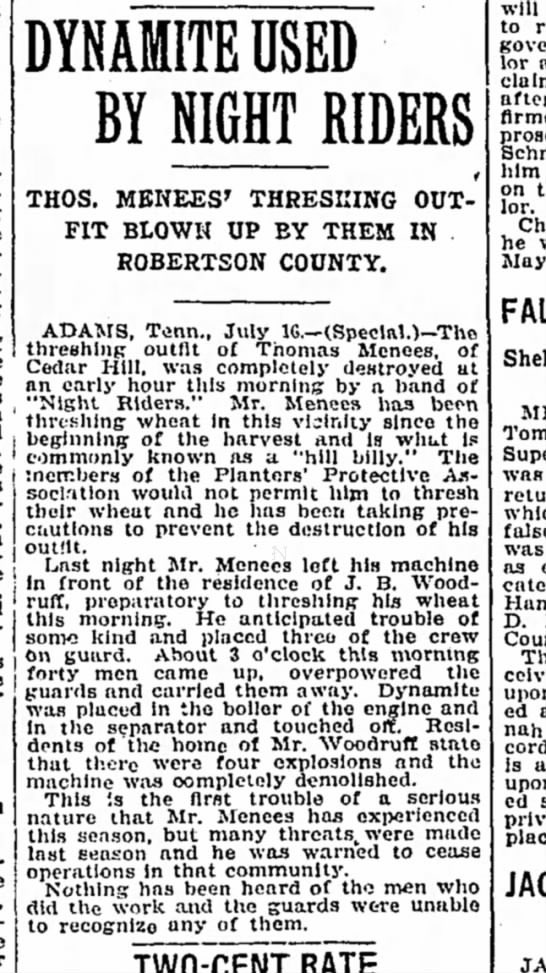
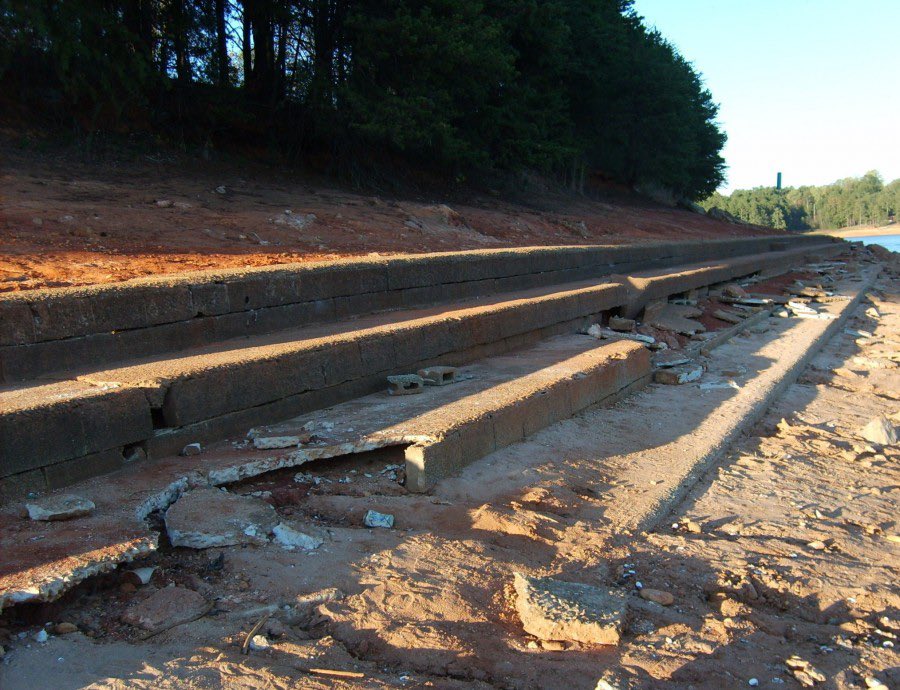
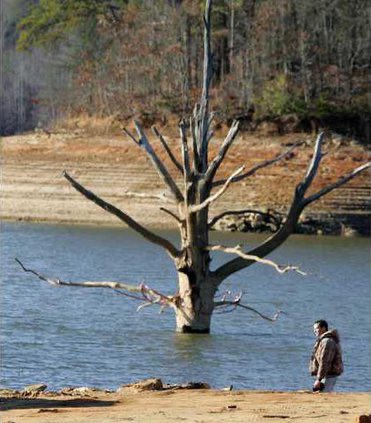 " title="https://abs.twimg.com/emoji/v2/... draggable="false" alt="👇🏾" title="Rückhand Zeigefinger nach unten (durchschnittlich dunkler Hautton)" aria-label="Emoji: Rückhand Zeigefinger nach unten (durchschnittlich dunkler Hautton)">" class="img-responsive" style="max-width:100%;"/>
" title="https://abs.twimg.com/emoji/v2/... draggable="false" alt="👇🏾" title="Rückhand Zeigefinger nach unten (durchschnittlich dunkler Hautton)" aria-label="Emoji: Rückhand Zeigefinger nach unten (durchschnittlich dunkler Hautton)">" class="img-responsive" style="max-width:100%;"/>
